Winter Gardening: Now's the Time to Get a Jump on Spring Planting

by
Wet & Forget
(IC: professional)
Whether or not your neighborhood is under a blanket of snow, your garden may seem pretty dormant this time of year. But make no mistake: your perennials are preparing themselves to spring forth as soon as the weather warms up. Melissa, a member of our team, was just telling us about the lovely garlic shoots she saw peaking out of the ground after a brief snow melt. The "dead" of winter is actually the perfect time to prepare for this year's vegetable and flower gardens and get a head start on spring. Even winter gardens have a job to do! Read on to learn what you can be doing to help your garden get a jump start this year.
This zone includes parts of Northern Maine, Minnesota, North Dakota and Montana. For zone 3, January is a good time to organize your seeds, order seeds, and take cuttings from your fruit trees to store in the freezer for April grafting.
Zone 7 includes parts of Oklahoma, Kentucky and Tennessee. January is a good time in zone 7 to start pulling up winter weeds such as wild onion, which can sap nutrients from your garden's soil. If you're starting seeds indoors, now is a good time to start seeds for perennials or slow-growing annuals, such as geraniums or coleus. Outdoors, you can start sowing larkspur or Shirley poppies.
Enjoyed the project?
Published February 4th, 2016 4:37 PM
Comments
Join the conversation
2 of 3 comments
-
 Margaret Groves
on Sep 04, 2017
Margaret Groves
on Sep 04, 2017
All this is about January gardening tasks. It is now September so a little early for this
-
-



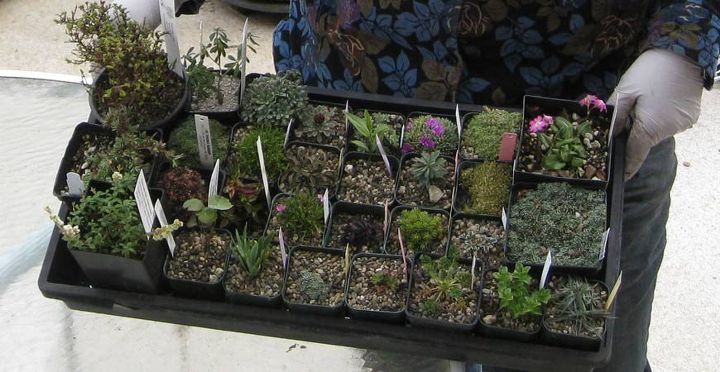




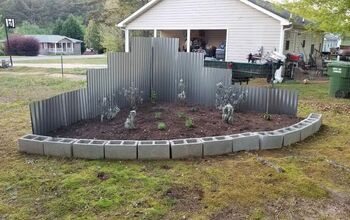


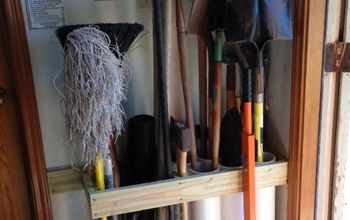




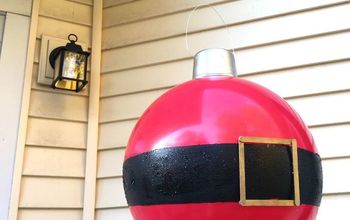



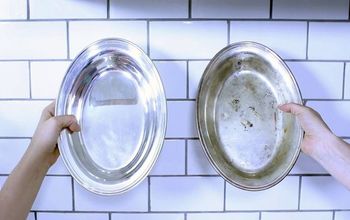

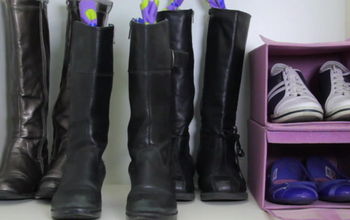



Frequently asked questions
Have a question about this project?